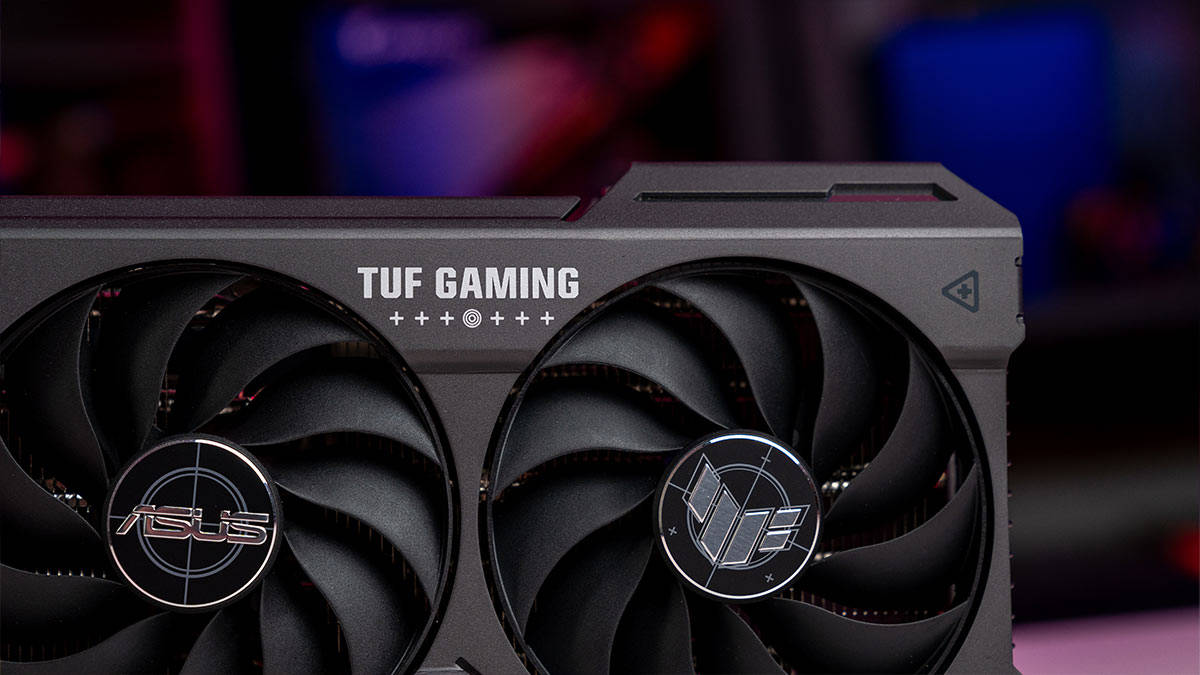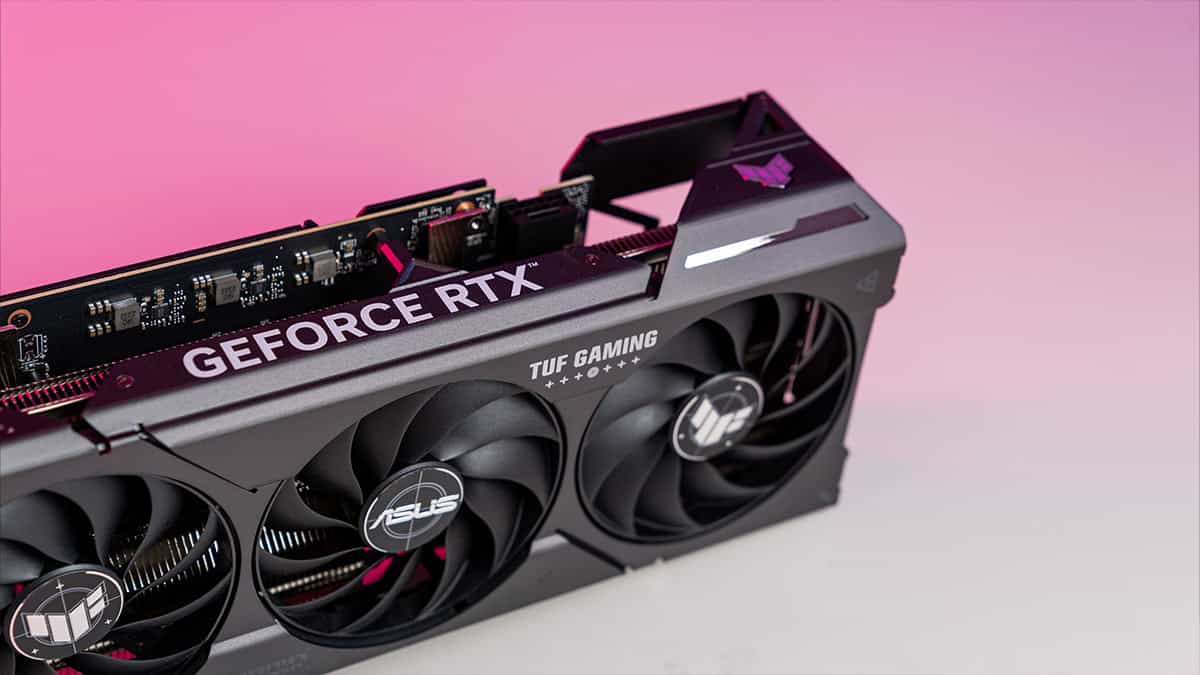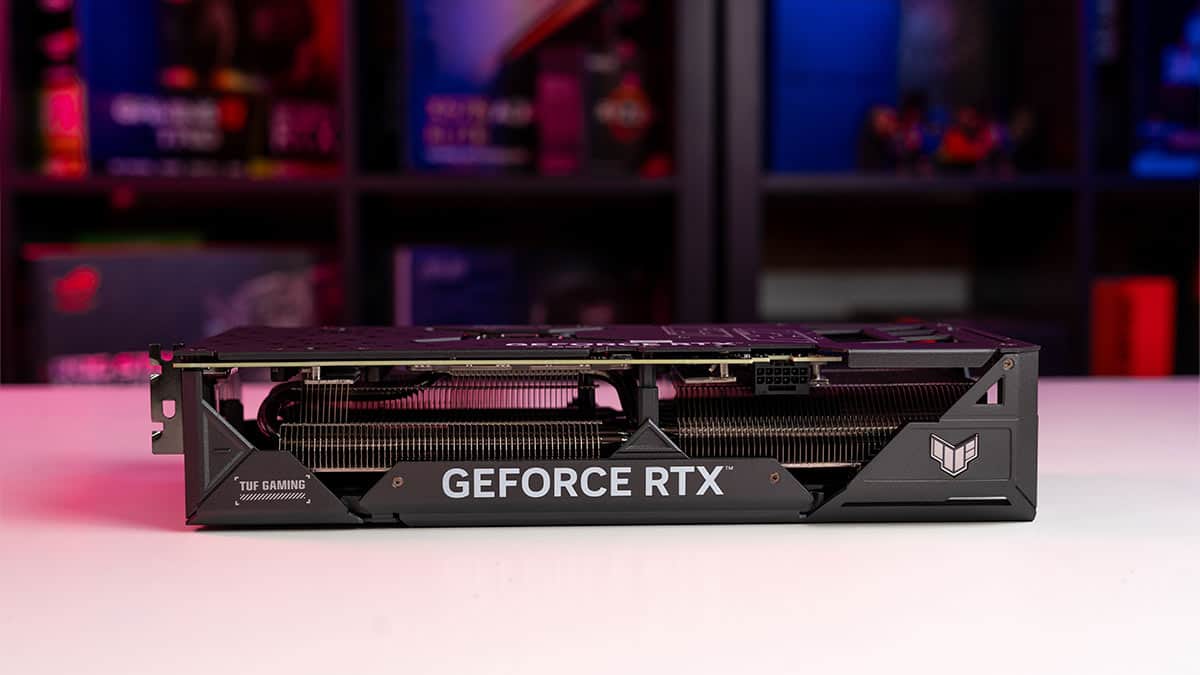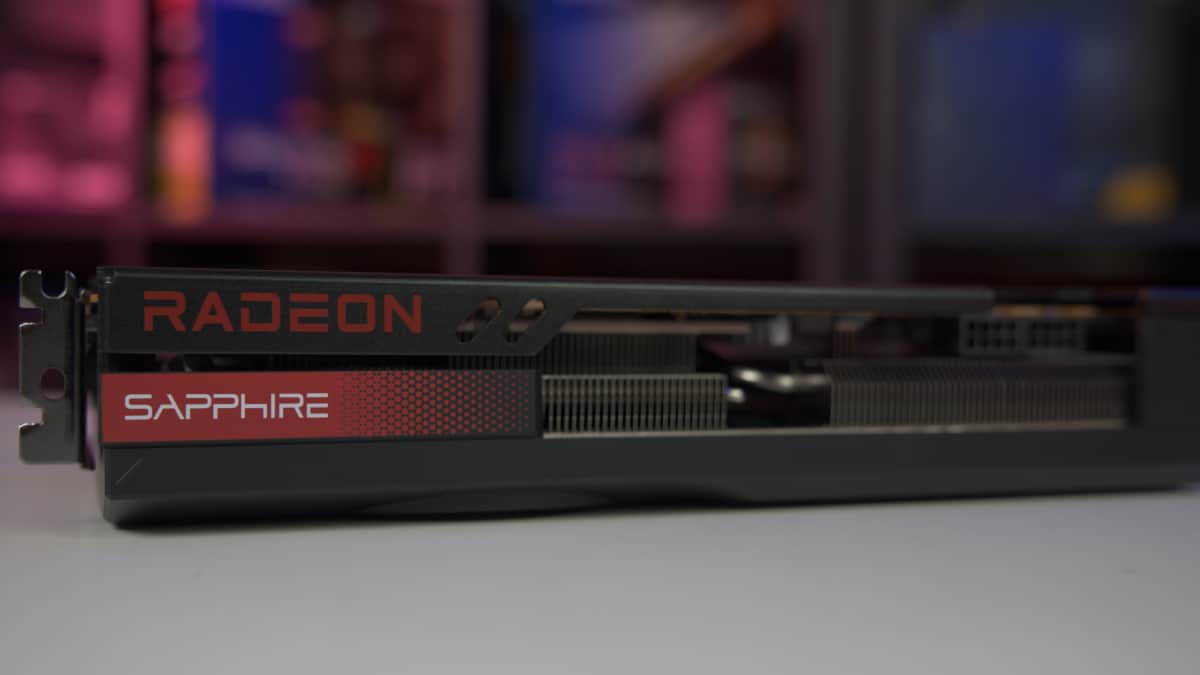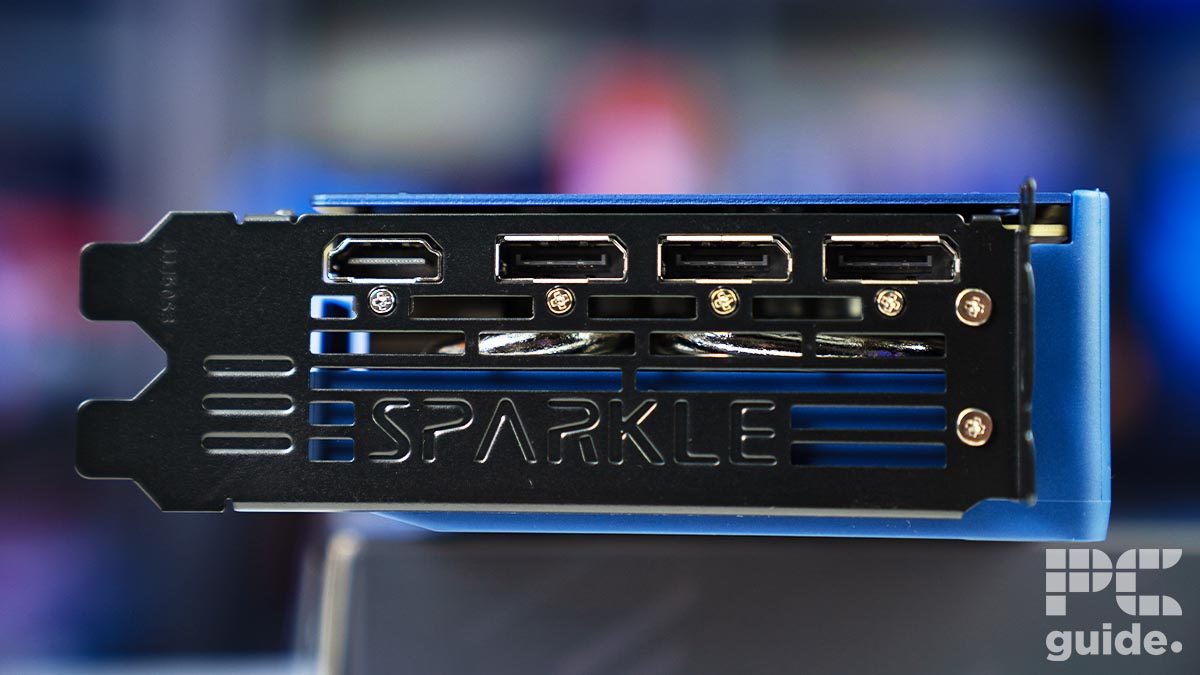Best GPUs for Core i7-12700K in 2025 – our top Nvidia and AMD picks
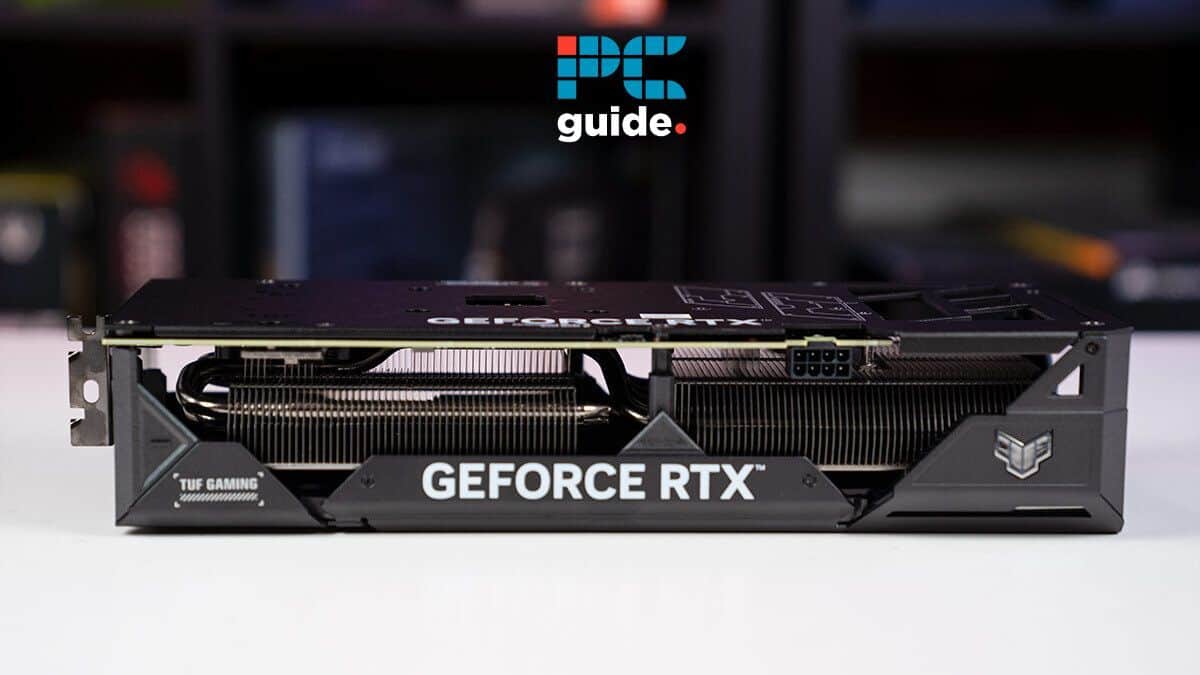
Table of Contents
The Intel 15th-generation processors are the latest addition to Team Blue’s arsenal, but that doesn't mean the previous generations are out of order. They are still alive and kicking and capable of handling the latest generation of Nvidia, AMD, and Intel GPUs.
That said, we’ve selected a couple of graphics cards based on their price, features, and the performance they showcased during our hands-on testing. This allows us to recommend only the best cards for a particular processor, and we always check the compatibility between CPU, GPU, and motherboards during our testing.
Prime Day may have closed its doors, but that hasn't stopped great deals from landing on the web's biggest online retailer. Here are all the best last chance savings from this year's Prime event.
- Sapphire Pulse AMD Radeon™ RX 9070 XT Was $779 Now $719
- AMD Ryzen 7 7800X3D Processor Was $449 Now $341
- Skytech King 95 Ryzen 7 9800X3D gaming PC Was $2,899 Now $2,599
- LG 77-Inch Class OLED C5 TV Was $3,696 Now $2,996
- AOC Laptop Computer 16GB RAM 512GB SSD Was $360.99 Now $306.84
- Lexar 2TB NM1090 w/HeatSink SSD Was $281.97 Now $214.98
- Apple Watch Series 10 GPS+ Smartwatch Was $499.99 Now $379.99
- AMD Ryzen 9 5950X processor Was $3199.99 Now $279.99
- Garmin vívoactive 5 Smartwatch Was $299.99 Now $190
*Prices and savings subject to change. Click through to get the current prices.
Products at a Glance
-
Best GPU for i7-12700K:
ASUS TUF Gaming RTX 4070 Super OC Edition
- GPU: AD104
- CUDA cores: 7,168
- VRAM: 12GB GDDR6X
- Bandwidth: 504 GB/s
- Memory bus width: 192-bit
- Boost clock speed: 2595 MHz
-
Best AMD GPU for i7-12700K
Sapphire Radeon Pulse RX 7700 XT
- GPU: Navi 32
- Stream Processors: 3,456
- VRAM: 12GB GDDR6
- Bandwidth: 432 GB/sec
- Memory bus width: 192-bit
- Base clock speed: 1,435 MHz
-
Best budget GPU for i7-12700K overall
SPARKLE Intel Arc B580 TITAN OC
- GPU: BGM-G21
- Shading units: 2,560
- VRAM: 12GB GDDR6
- Memory bus width: 192-bit
- Bandwidth: 456GB/s
- Base/Boost clock speed: 2,670/2,740 MHz
How we picked
We researched the market and found various options from Nvidia and AMD. We filtered those options based on their price, compatibility, performance, and other features, such as DLSS and FSR. On top of that, we also conduct rigorous in-house testing of the cards. This gives us insight into how they'll perform, and we can help you pair them with various CPUs, including an i7-12700K. We're always updating our list with the latest information, so if there are better pairings than these, we'll be sure to update them, so check back with us.
Our top picks

- GPU: AD104
- CUDA cores: 7,168
- VRAM: 12GB GDDR6X
- Bandwidth: 504.2 GB/sec
- Memory bus width: 192-bit
- Base clock speed: 1,980 MHz
- Boost clock speed: 2,475 MHz
- 20% more CUDA cores
- Better value for money than original card
- Strong performance in 1440p and 4K
- Still uses 16-pin adapter
- Some partner cards get expensive
If you're looking for the best Nvidia GPU to pair with your Intel Core i7-12700K, we recommend giving the RTX 4070 Super a shot, as it showed promising results across different resolutions in our hands-on review.
For starters, this GPU has 7,168 CUDA cores, a base clock speed of 1.98 GHz, and a boost clock speed of 2.48 GHz. Let's look at what these specifications mean. Its base clock speed should be more than enough to process various graphical tasks without a hitch, and the boost clock speed should make that process even faster and smoother. On top of that, the vast number of CUDA cores should deliver exceptional performance, whether in-game or working on complex training models.
It also features 12 GB of GDDR6X memory, which offers 192 bit/s. What this means in terms of gaming is that you shouldn't feel any lag or spikes during gameplay as the data has plenty of lanes to travel through, avoiding bottlenecks. Furthermore, it also allows you to increase your settings without running out of VRAM or compromising on performance.
The RTX 4070 Super is a powerful mid-range graphics card that packs in more under the hood than the original without raising the price. If you're after a leading 1440p GPU but also want to check out 4K without an eyewatering MSRP, then it's a card you should consider.
PC Guide
The RTX 4070 SUPER also uses Nvidia Reflex, which lowers the in-game system latency. It has various settings to choose from, and each further reduces the latency. This makes your gameplay snappier, as the information is registered and processed quickly. This should give you a much-needed advantage in competitive FPS games like Apex Legends, Rainbow Six Siege, Valorant, and Call of Duty: Warzone.
Pairing this GPU with this CPU should result in a fantastic gaming experience at 1080p, 1440p, and even 4K on some titles. While you may see a performance drop at 4K, enabling DLSS 3.5 should help generate more frames. This combination is a solid QHD performer, even more so if you have RT + DLSS on at 1440p.
The power and performance of both these components should complement each other and be compatible with the PCI 4.0 express configuration. However, if you feel like upgrading your motherboard to give you more of an advantage, we've got you covered with our best motherboards for i7-12700K guide that has the top picks.
What users say
The user reception of this RTX 4070 is positive, with its reviews praising it for its excellent in-game performance, build quality, and features like the built-in anti-sag bracket. One reviewer said: “Great middle of the line card that is best for cost and performance!”
- Top-notch 1440p performance at max settings
- Good power efficiency
- Comparatively affordable than the RTX 4070
- Lacks in Ray Tracing
- RX 7800 XT offers better performance with a little price difference
If you're looking for the best AMD GPU to complement the i7-12700K, check out the RX 7700 XT.
This GPU costs less than the RTX 4070 but still delivers on what it promises. It also performed well during our in-house testing; you can check out the results in our in-depth review.
The RX 7700 XT features 3,456 Stream Processors, has a game clock speed of 2171 MHz, and a boost frequency of 2544 MHz. What this means is that this GPU should be fast and efficient enough to deliver excellent in-game performance. However, if a task requires more power, the boost clock speed should come in handy and take care of such scenarios.
This GPU also sports the AMD Infinity Cache technology. This keeps data that is called frequently locally on the GPU, reducing the calls for the same information from the VRAM.
PC Guide
This GPU also sports the AMD Infinity Cache technology. This keeps data that is called frequently locally on the GPU, reducing the calls for the same information from the VRAM. Since the data doesn't need to go back and forth from the VRAM, the bandwidth required is reduced and freed up. On top of that, keeping the data in the cache also speeds up access times.
Furthermore, it has 12 GB of GDDR6 memory with a 192-bit memory interface. What this means is that it should be able to churn out and handle demanding graphic tasks such as video editing, rendering, and gaming. While the 192-bit isn't preferred over the 256-bit interface, it should provide enough data transfer lanes and speed to deliver good performance.
According to AMD, this is a solid 1440p card, as they have listed a couple of games along with their FPS and Ray Tracing settings. These titles include:
- Dying Light 2 – 75 FPS (RT)
- Forza Horizon 5 – 75 FPS (RT Extreme)
- Overwatch 2 – 208 FPS
- Marvel's Spider-Man: Miles Morales – 80 FPS (RT Very High)
These results are impressive, even more so when considering that they are in the maximum settings. However, this doesn't mean 4K is completely out of the equation. While the performance may not be at the same level as cards like the RX 7900 XTX, which we've also reviewed in-house, FSR and Fluid Motion Frames should boost 4K performance.
What users say
According to Amazon reviews, the RX 7700 XT has great 1080p and 1440p performance, and it isn't surprising that users aren't impressed by its 4K performance. One reviewer stated: “This card has worked beautifully for everything I’ve tried.” Another user was also satisfied with the purchase but said “a bit of RGB” would've been nice.

- GPU: BGM-G21
- Shading units: 2,560
- VRAM: 12GB GDDR6
- Memory bus width: 192-bit
- Bandwidth: 456GB/s
- Base/Boost clock speed: 2,670/2,740 MHz
- Great price to performance
- Plenty of VRAM in comparison to the competition
- Well-built and slim design
- Only Gen 4 x8 PCIe – may be an issue for older motherboards
- Slightly more expensive than reference card
- Still occasional troubles in older games specifically
For those looking for a graphics card on a budget, we recommend the Intel Arc B580. This is the first GPU in the Battlemage lineup, and paired with the i7-12700K, it should deliver excellent results. We’ve reviewed the Sparkle Intel Arc B580 Titan OC, and it had pretty good in-game performance, beating the RTX 4060, RX 7600 XT, and even the RTX 4060 Ti in some cases.
To start things off, this GPU is based on the Xe2 architecture and has 20 Xe cores and Ray Tracing units along with 160 Xe Vector Engines. What this means is that despite its pocket-friendly nature, it has decent hardware under the hood that can handle various titles at 1080p and 1440p.
In addition, it even features XeSS 2 and XeFG, which are responses to Nvidia’s and AMD’s DLSS and FSR 3, respectively. So, while it had good performance natively, you can take it to the next level by leveraging these technologies. That being said, the Sparkle B580 Titan OC can be easily overclocked up to 2,800 MHz, but it ramps its TDP up to 210W. So, while you can overclock this GPU further, we recommend using the manufacturer’s settings to keep its thermal output and power draw under control.
So, it should be more than enough to play games without running it stuttering or lag, especially paired with the 12700K, which is a good mid-range processor. That being said, we called in the Ryzen 7 7800X3D to work with this GPU to test its performance, and it blew the competition out of the water.
The Intel Arc B580 is a great budget graphics card with an MSRP of $250; it provides competition and an entry-level solution where it seems to be lacking.
PC Guide
In Assassin’s Creed Mirage, the B580 churned out 90, 72, and 48 FPS at 1080p, 1440p, and 4K, respectively. The RTX 4060, for comparison, started off strong with 92 FPS at 1080p, which isn’t much of a difference, then matched the B580 with 72 FPS at 1440p, and at 4K the B580 took over as the 4060 only managed 28 FPS.
While that might not seem like a big difference, we need to consider the price of these two cards and a card that costs less is outperforming it in 4K and can most likely take it to 60 FPS with XeSS 2, it nothing short of incredible.
Also, the 12GB of VRAM is beneficial as it allows it to hit 4K in some titles like we just saw. In Doom Eternal, with Ray Tracing enabled, it delivered 72 FPS and 161 and 126 FPS at 1080p and 1440p. On the other hand, the RTX 4006 couldn’t render 4K frames due to low VRAM.
So, you’re getting excellent performance, plenty of VRAM, and exceptional value with these cards; all of these factors make it a steal, and it seems like the competition has their work cut out for them. That being said, you should get a smooth gaming experience at FHD or 2K with this pairing and an all-Intel build if you’re lean towards that.
How to pick the best GPU for i7-12700K
There are a couple of factors you need to keep in mind before you select a GPU for your i7-12700K because going for the option with the biggest price tag isn't recommended. You might not need all that muscle, which could become a bottleneck situation, as the processor is underpowered for that. So, to help you make an informed decision, we've listed some of these factors below.
Performance needs
The first thing you need to consider is your performance needs. Which resolution are you looking to game in? Do you also want to do video editing and rendering with it? These questions will filter the options and help you choose a GPU that compliments the processor to keep things as balanced as possible.
Going for an overkill GPU, such as the RTX 4090, which we've had hands-on experience with, will most likely only put a dent in your wallet, and you'll find that the CPU is the limiting factor in some scenarios. That said, if you upgrade your CPU to an Intel i9-13900KS, you might find that the 4090 isn't able to give its all in some scenarios, and that is how it goes.
So, the best approach is to pair the two components with counterparts that are as close as possible in terms of performance to achieve the best performance and value.
Budget
Another important aspect to consider before investing in a GPU is your budget. If you're only gaming at 1440p and aren't going to push it to 4K or train deep learning models with it, you probably don't need the best of the best and can do perfectly well with a mid-range GPU.
Going overboard while you're building your setup is easy, and the newer and faster tech has its appeal, but unless it is an enthusiast build, it doesn't need to be decked out of this world. Putting that money towards better RAM, SSD, or a motherboard will be more beneficial in the long term.
Compatibility
It's vital to ensure that the GPU you select is compatible with your motherboard and can sit comfortably in your casing. If the GPU is too big, it won't fit, and you'll have to get a more spacious casing. Also, double-check what PCIe version the GPU runs on. Currently, the latest Nvidia 4000 and AMD 7000 series GPUs use PCIe 4.0, and every PCIe generation is backward compatible. This means you can put these cards on a PCIe 3.0 motherboard without any compatibility issues, albeit at the sacrifice of some performance due to the bandwidth limitations of the older generation.
Is the i7-12700K overkill for gaming?
There is no straight answer to this question because you can game with an Intel i5-9400F at low resolutions, but you'll be gaming. Whether the i7-12700K is overkill depends on your build, the type of gaming you want to do, and the GPU you pair it with. If this CPU is the strongest component in your build, then it might be overkill, as the other components will bring its performance down.
However, if you pair it with a decent mid-range GPU such as the RTX 4060 Ti or the RX 7800 XT, you should get good performance and game comfortably at 1440p with high and ultra presets. On the other hand, if 1080p gaming is all you want, you could do it with an Intel 10th or 11th-generation card.






